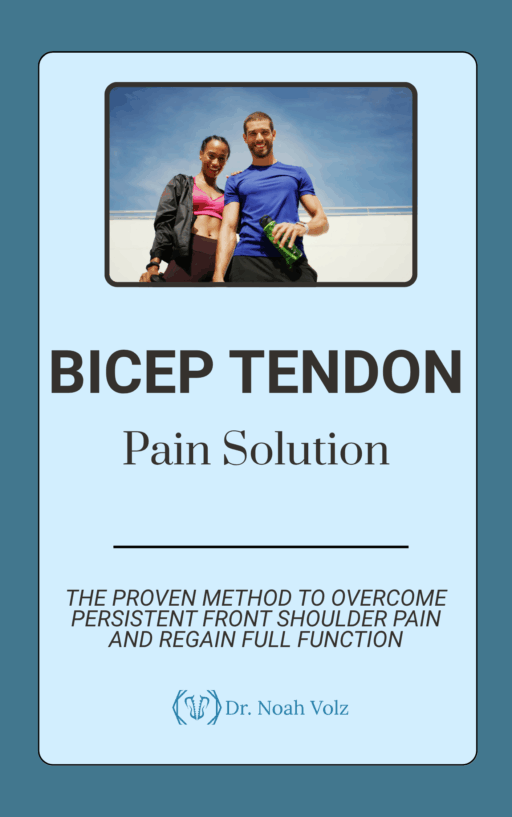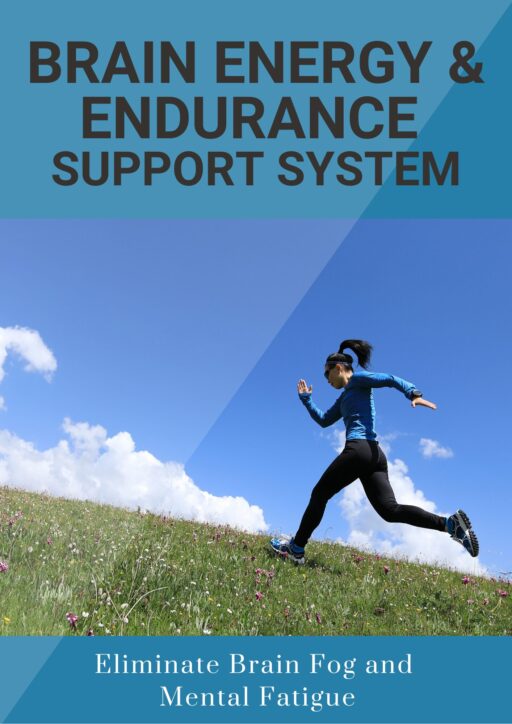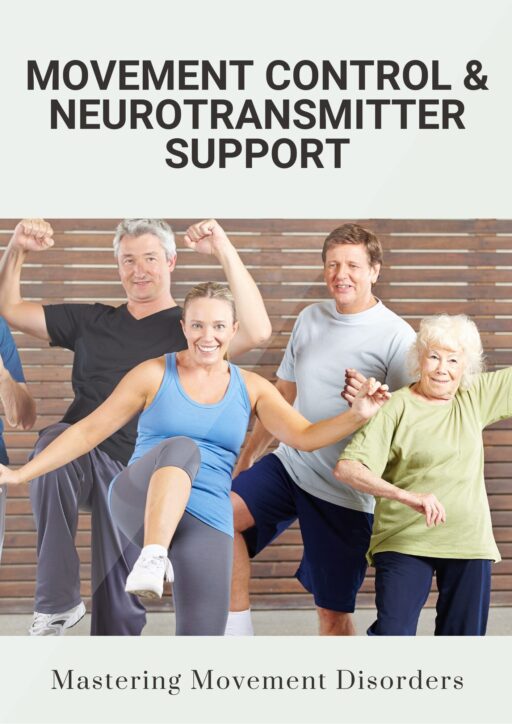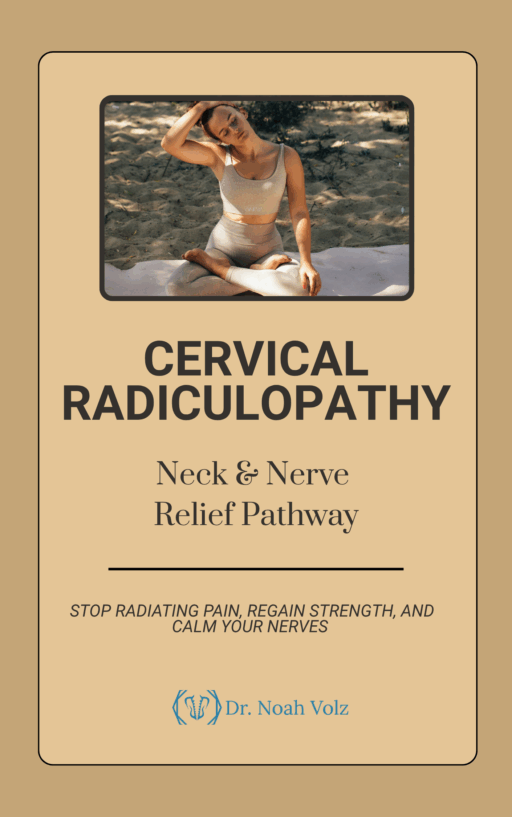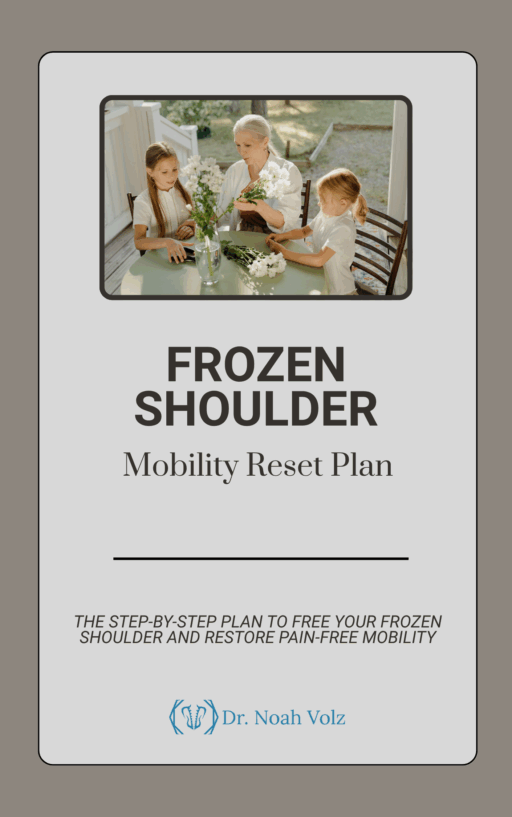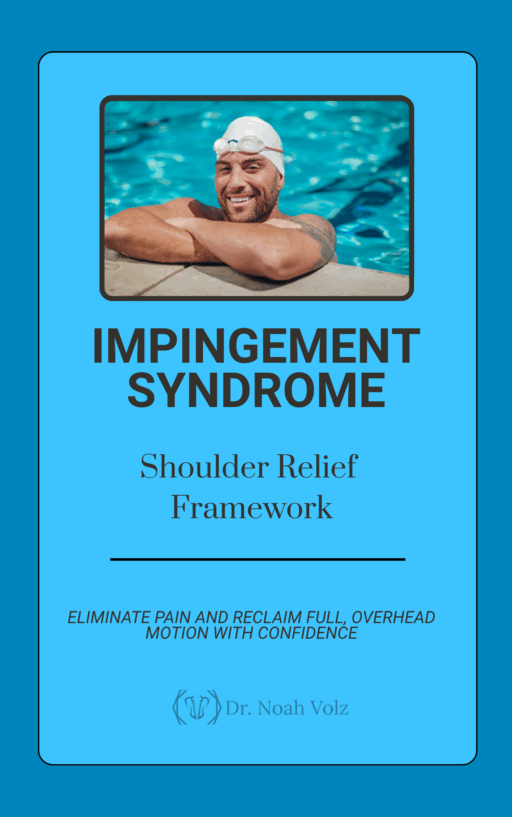If you’re seeking effective solutions for shoulder pain, look no further than a trusted Medford chiropractor. In this comprehensive article, we explore the ins and outs of axillary neuropathy and how chiropractic care can help alleviate your discomfort. Discover the key role played by the axillary nerve and uncover the secrets to finding lasting relief.
Understanding the Axillary Nerve’s Impact on Shoulder Health
The axillary nerve, a vital component of the brachial plexus, can be the cause of shoulder pain. Originating from the neck’s nerve roots, specifically C5 and C6, this nerve travels down the arm. As it descends, it passes in front of the subscapularis muscle beneath the shoulder blade, making its way through the “Quadrangular Space.” This space, located in the shoulder’s armpit region, is defined by the teres minor muscle above, the teres major muscle below, the long head of the triceps on the inner side, and the humerus on the outer side (1). Emerging from the Quadrangular Space, the axillary nerve supplies crucial muscles like the teres minor and deltoid, while also contributing to sensation in the middle and back of the upper arm. When the axillary nerve sustains damage, the functioning of the deltoid and teres minor muscles is compromised, leading to limited arm abduction and external rotation.
Identifying the Causes of Axillary Neuropathy and Shoulder Pain
Medford residents experiencing shoulder pain are likely to encounter axillary neuropathy. Sports-related activities such as skiing, football, rugby, baseball, hockey, soccer, weight lifting, and wrestling often contribute to this condition (2). Frequently, shoulder trauma accompanies axillary neuropathy, including instances of shoulder dislocation (3,4). In some cases, axillary nerve injury occurs alongside broader brachial plexus injuries (5,6). Furthermore, chronic compression or traction on the axillary nerve within the Quadrangular Space, known as Quadrangular Space Syndrome (QSS), can result in persistent pain. Active individuals, particularly overhead athletes like pitchers or swimmers, may develop chronic nerve compression (7). Compression is commonly observed at the base of the teres minor (8). Other factors such as heavy backpacks, incorrect crutch use, or excessive muscle development within the quadrangular space can also contribute to nerve compression or traction, ultimately leading to QSS (9).
Recognizing the Symptoms of Axillary Neuropathy
Shoulder pain associated with axillary neuropathy often manifests as a dull, poorly localized aching sensation. Some individuals may experience numbness or altered sensation in the deltoid muscle, with nighttime exacerbation (10). Weakness in the deltoid muscle can cause rapid fatigue during overhead activities or lifting (11). Notably, pain worsens during arm elevation and external rotation, particularly in the late cocking phase of throwing, signaling compromised axillary nerve function.
Evaluation and Treatment Options
Accurate evaluation of QSS involves assessing tenderness in the quadrangular space, coupled with arm abduction and external rotation movements (12). Muscle testing may reveal deltoid muscle weakness during these motions, though compensation from other muscles can mask this weakness (13). Prolonged compression may result in deltoid muscle atrophy. Confirmation of the condition typically relies on Electromyography (EMG).
Finding Relief with a Medford Chiropractor: Treating Axillary Neuropathy
Residents of Medford seeking effective relief from axillary neuropathy and shoulder pain can turn to the expertise of a skilled chiropractor. Through targeted chiropractic adjustments and complementary massage therapy, these professionals offer tailored solutions for each patient. Overhead athletes, in particular, benefit from personalized treatment plans that incorporate selective rest, activity modification, and innovative techniques to reduce axillary nerve compression. By addressing underlying causes and offering rehabilitative exercises, chiropractic care can improve mobility, reduce pain, and promote long-term healing.
Exercises for Axillary Neuropathy
Conclusion
For those seeking lasting relief from shoulder pain in Medford, a chiropractor well-versed in treating axillary neuropathy holds the key to a pain-free life. Through precise evaluations, personalized treatment plans, and a holistic approach, I can address the root causes of your discomfort. Experience the transformative power of chiropractic care, allowing you to regain mobility, alleviate pain, and rediscover an active and fulfilling lifestyle. Say goodbye to shoulder pain and hello to a brighter, healthier future. Schedule your appointment with a Medford chiropractor today and take the first step towards lasting relief. Still looking for more information? Check out my eBook on Chronic Neck Pain.
References
1. Kline DG, Kim DH: Axillary nerve repair in 99 patients with 101 stretch injuries. J Neurosurg 99:630–636, 20
2. Sangkook Lee, M.D.; Kriangsak Saetia, M.D.; Suparna Saha, M.D.; David G. Kline, M.D.; Daniel H. Kim, M.D. Axillary Nerve Injury Associated With Sports Neurosurg Focus. 2011;31(5):e10
2. Berry H, Bril V: Axillary nerve palsy following blunt trauma to the shoulder region: a clinical and electrophysiological review. J Neurol Neurosurg Psychiatry 45:1027–1032, 1982
3. Duralde XA: Neurologic injuries in the athlete’s shoulder. J Athl Train 35:316–328, 2000
4. Blom S, Dahlbäck LO: Nerve injuries in dislocations of the shoulder joint and fractures of the neck of the humerus. A clinical and electromyographical study. Acta Chir Scand 136: 461–466, 1970
5. Petrucci FS, Morelli A, Raimondi PL: Axillary nerve injuries: 21 cases treated by nerve graft and neurolysis. J Hand Surg [Am] 1982;7:271-278.
6. Sunderland S: Nerves and Nerve Injuries, 2nd ed. Edinburgh: Churchill Livingstone, 1978
7. Hoskins WT at el. Quadrilateral space syndrome: A case study and review of the literature. British Journal of Sports Medicine 2005; 39 E9.
8. Duralde XA: Neurologic injuries in the athlete’s shoulder. J Athl Train 35:316–328, 2000
9. Houston Methodist. A patient’s guide to quadrilateral space syndrome. www.housetonmethodist.org\orthopedics\wheredoesithurt\shoulder\quadrilateral-space-syndrome.accessed 41616.
10. Watts E, et al. Quadrilateral space syndrome. www.orthobullets.com\sports\3066\quadrilateral-space-syndrome.accessed 4/16/16.
11. Lee S. et al. Axillary Nerve Injury Associated With Sports. Neurosurg Focus. 2011;31(5):e10
12. Redler MR, Ruland LJ III, McCue FC III: Quadrilateral space syndrome in a throwing athlete. Am J Sports Med 14:511– 513, 1986
13. Alnot JY: Traumatic brachial plexus palsy in the adult. Retroand infraclavicular lesions. Clin Orthop Relat Res (237):9–16, 1988
14. Cormier PJ, Matalon TA, Wolin PM: Quadrilateral space syndrome: a rare cause of shoulder pain. Radiology 167:797–798, 1988
15. Hammer W. functional soft tissue examination and treatment by manual methods. Second addition. Gaithersburg, MD: Aspen Publishers Inc., 1999:119.
16. Alnot JY: Traumatic brachial plexus palsy in the adult. Retroand infraclavicular lesions. Clin Orthop Relat Res (237):9–16, 1988
17. Petrucci FS, Morelli A, Raimondi PL: Axillary nerve injuries— 21 cases treated by nerve graft and neurolysis. J Hand Surg Am 7:271–278, 1982
-

Bicep Tendon Pain Solution
$50.00 -

Brain Detoxification & Recovery System
$50.00 -

Brain Energy and Endurance Support System
$50.00 -

Brain-Based Movement and Motor Control Training
$50.00 -

Centralized Low Back Pain
$50.00 -

Cervical Radiculopathy: Neck and Nerve Relief Pathway
$50.00 -

Complex Low Back Pain
$50.00 -

Complex Radiating Low Back Pain
$50.00 -

Cross-Pattern Low Back Pain
$50.00 -

Frozen Shoulder Mobility Reset Plan
$50.00 -

Impingement Syndrome: Shoulder Relief Framework
$50.00 -

Mastering Brain Senses: Rebuild Your Hearing, Vision, and Body Awareness
$50.00


